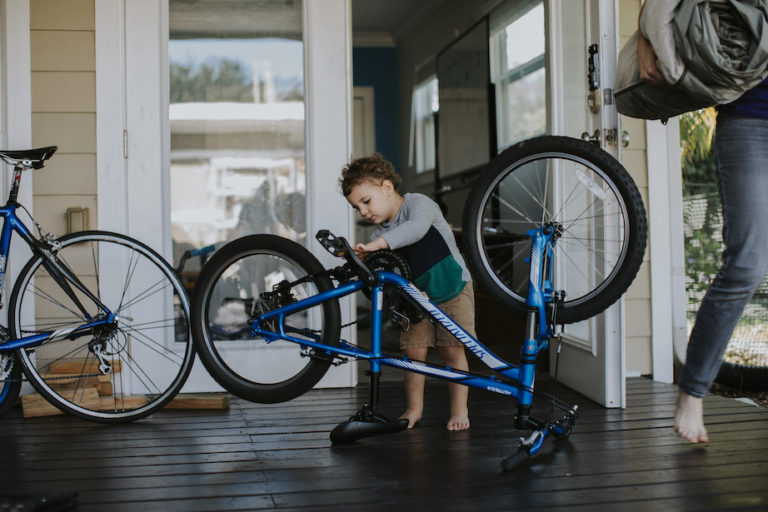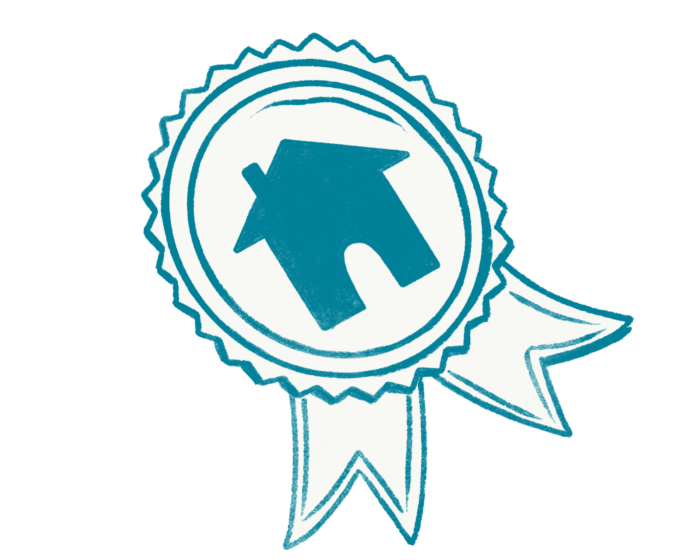Lots of homeowners could use a grant or loan for repairs and improvements, including energy-efficient upgrades. Especially during the first few years of homeownership.
An array of government and nonprofit programs are there to help you get the job done.
It can take a little research to find something that works for you. Get started by exploring these major search tools, programs, and types of assistance.
The HUD database
The Department of Housing and Urban Development (HUD) keeps a database of federally funded programs. If dealing with the federal government sounds stressful, don’t worry: these programs are usually managed at a more local level.
Explore: At HUD.gov, search by “home repairs” and your state. You’ll get a list of grants, loans, and other help.
County HIP loans
Many counties offer a “HIP,” or home improvement program, that provides loans at low or no interest.
HIP is a general term — counties often give their program a unique name. Some focus on certain issues. For example, repairs that address health concerns like lead or mold.
Explore: Go to your county website. Search for “HIP,” “housing services,” “home rehab loan,” “repair assistance,” or “emergency home repairs.”
TIP: Call a nonprofit housing counseling agency
They often know a lot about grants and low-cost loans. Especially obscure ones. To find a local agency, use the search tool at HUD.gov or the Consumer Finance Protection Bureau.
Energy efficiency
When you use less energy, you save money. Many federal, state, and other programs help you do that with incentives and low-cost loans. They typically cover things like insulation, new windows, efficient heating and cooling systems, and more.
The Database of State Incentives for Renewables and Efficiency (DSIRE) is a great place to start.
One program to look into is the US Department of Energy’s Weatherization Assistance Program (WAP).
Explore:
- Go to DSIRE.org and enter your zip code
- Search the internet by your state name plus “WAP program”
Habitat and Rebuilding Together
Many nonprofits assist homeowners with repairs and improvements. Habitat for Humanity and Rebuilding Together are two big ones that work nationally.
Best known for building new homes, Habitat for Humanity also does exterior repairs and improvements. Affordable loans cover your costs, which stay low thanks to volunteer labor (often including your own) and donated materials.
Rebuilding Together provides critical repair and renovation for free. Like Habitat, they rely heavily on volunteers. Their She Builds initiative provides women in need with repairs and trains them in repair skills.
Explore:
- Use the search tool at Habitat.org to find a local contact
- Use the search tool at Rebuilding Together to find a local contact
Lead paint removal
The lead paint often found in older homes can be a health issue. Especially if you have young kids. Lead paint is a nationwide problem, so there’s federal funding to deal with it.
Explore: Try your city or county website, starting with the health department.
Rural Development loans
The Rural Development arm of the US Department of Agriculture (USDA) offers super-low-interest loans for repairs and improvements.
Explore: Go to the overview page for the USDA’s Section 504 Home Repair program.
Accessibility
Many programs cover or help with projects that make your home more accessible. Installing a wheelchair ramp, for example. Or something as simple as a grab bar in the shower.
Explore:
- To find programs that might apply to you, contact a local nonprofit housing counseling agency
- If you’re a veteran or active service member, a VA loan or Specially Adapted Housing grant might be an option
Historic preservation
Is your home in a historic district? You might be able to get help with repairs and maintenance that preserve it.
Explore: Try contacting your local historical society or your state’s historic preservation office.




